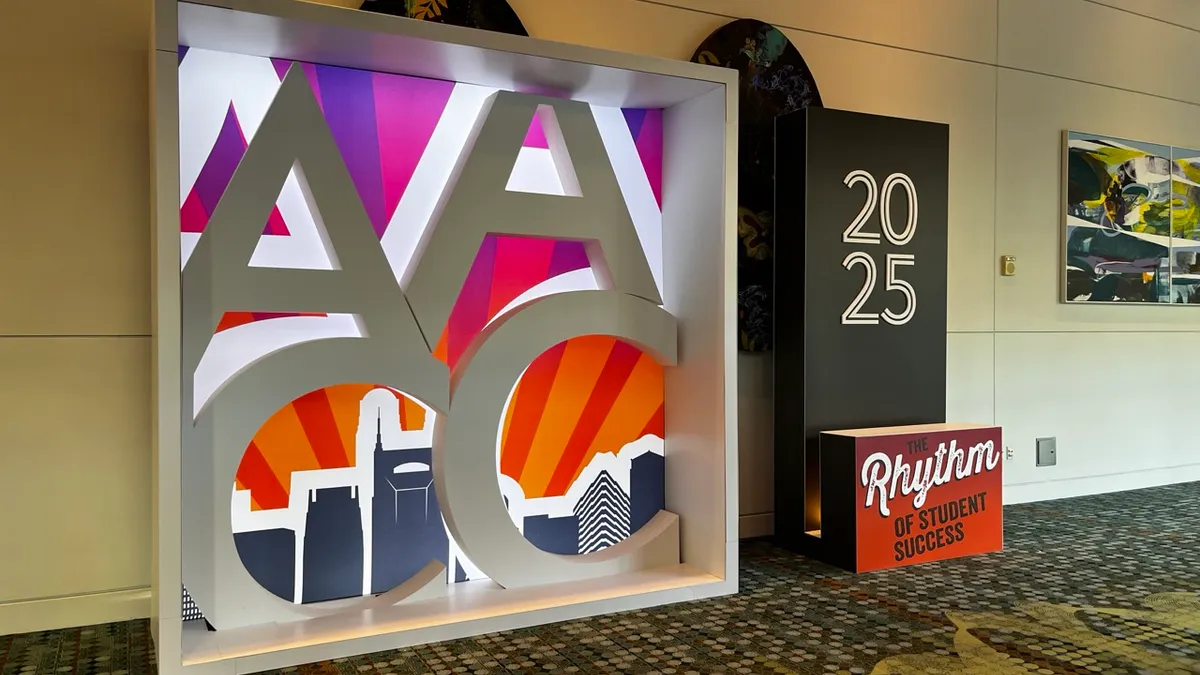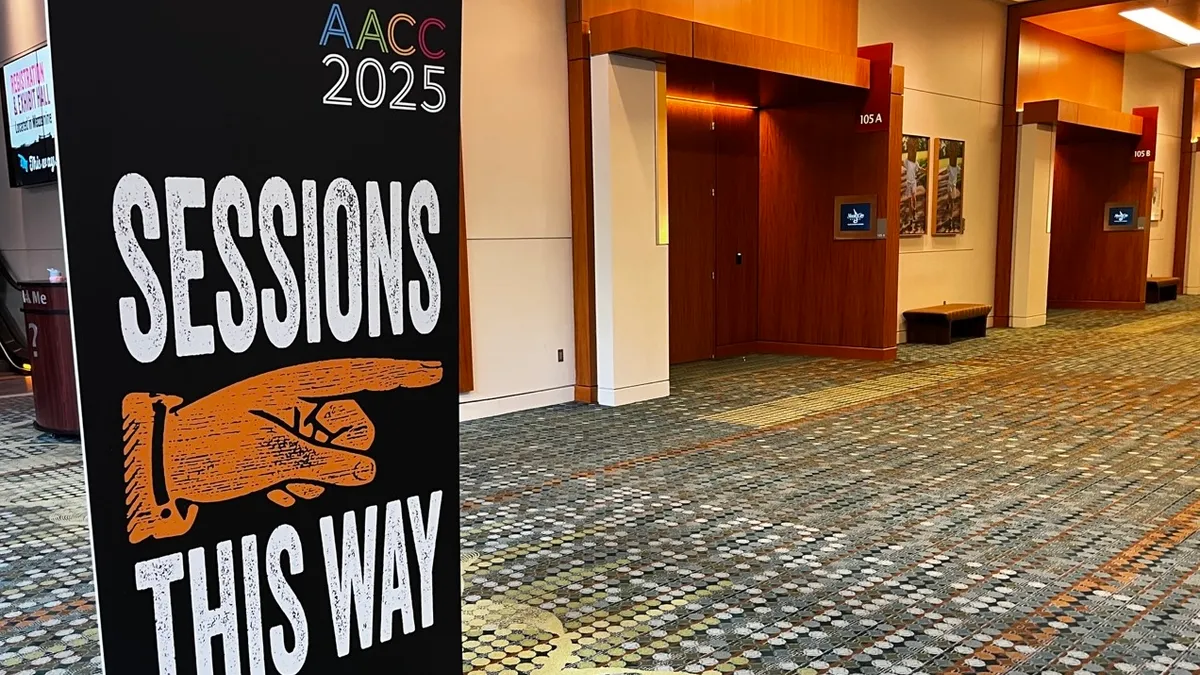Kaleb Briscoe’s and Veronica Jones Baldwin’s introduction to critical race theory came years ago when they were in graduate school.
Briscoe, now an educational leadership professor at Mississippi State University, and Jones Baldwin, a counseling and higher education professor at University of North Texas, both anchor their scholarship in diversity and institutionalized racism.
They found critical race theory — a decades-old academic framework that examines racism’s structural nature — matched their interests. They said it still guides their teaching practices today.
What was, however, a relatively obscure school of thought has over the last 2 1/2 years been catapulted onto a national platform and demonized by conservatives. They say it encourages divisiveness and teaches White people to feel shame for sordid parts of history in which they played no part.
Policymakers from Congress down to local K-12 school boards have proposed and sometimes passed measures aimed at curtailing instruction of critical race theory, as well as broader topics linked to race, diversity and inclusion.
Briscoe and Jones Baldwin want to know more about how these limitations trickle down into the K-12 and college classrooms.
They are in the early phases of research, supported by a $50,000 Spencer Foundation grant, to study legislation nationwide, how lawmakers publicly present critical race theory, and their core arguments against it. The professors' respective institutions also chipped in funding.
The duo is also interviewing faculty members who use critical race theory in their work and teach in states where such restrictions have arisen. They seek to encapsulate experiences of educators whose pedagogy has been harmed by anti-critical race theory policies. The project is called “Resistance or Racism? Unpacking Critical Race Theory Bans in a Sociopolitical Era of Anti-Racism.”
The professors intend to start presenting findings as early as next spring. Publication in a journal, involving a robust review process, will take far more time.
Critical race theory “is all about capturing counternarratives, and the knowledge of those experiencing inequities, through their lens and their viewpoint,” Jones Baldwin said. “We want to break those dominant narratives in education.”
A history of critical race theory
Critics say conservatives often distort critical race theory as an academic boogeyman — conflating it with subjects like diversity and unconscious biases — without publicly delving into its history.
The conservative Goldwater Institute labels it as “a worldview — that believes all the events and ideas around us in politics, education, entertainment and the media, the workplace, and beyond must be explained in terms of racial identities.”
But critical race theory is more nuanced and continues to evolve. It first arose in the late 1970s and 1980s among legal scholars who sought to dissect White backlash against the civil rights movement. Congress had extended cornerstone protections in housing and education to Black Americans, but these were “temporary ‘peaks of progress,’ short-lived victories that slide into irrelevance as racial patterns adapt in ways that maintain White dominance,” as Derrick Bell, an attorney and one of critical race theory’s founders, described them.
Over time, critical race theory transcended the legal discipline into other subject areas, and became most known for its tenant that racism is systemic rather than merely relational.
It did not morph into a Republican buzzword until 2020, though, after then-President Donald Trump issued a September executive order barring diversity training among federal contractors and grant recipients, which public and nonprofit private colleges took to apply to them.
Almost immediately, amid fear of having their federal funding seized, some colleges began to pause their inclusion efforts.
Though a federal judge largely axed enforcement of the executive order in December 2020, and President Joe Biden subsequently rescinded it altogether, the anxiety it fostered still permeates colleges, Briscoe said.
Some institutions still have not changed initiatives like diversity trainings, she said. Briscoe has interviewed student affairs professionals for a separate study, and they reported having to tailor this work to no longer explicitly mention race and racism in response to the executive action, she said.
Local and state movement against critical race theory has compounded colleges’ concerns, too. Officials at those levels of government took up Trump’s mantle against critical race theory. A new database from the University of California, Los Angeles School of Law documents nearly 500 anti-critical race theory efforts in local, state and federal governments.
What does the study examine?
Briscoe’s and Jones Baldwin’s research is twofold.
Jones Baldwin primarily is deconstructing anti-critical race theory legislation targeting K-12 schools and colleges. She is pinpointing the language and grammatical structures used, the “repetition and values” seen in the language, and connecting that to larger ideologies.
She said she’s noticed many bills read like blueprints, with distinct similarities across state lines. The legislation often looks to tamp down curricula that could make students feel shame and discomfort based on their race or sex. Some go further: In Jones Baldwin’s home state of Texas, a law blocks K-12 teachers from discussing “a widely debated and currently controversial issue of public policy or social affairs.”
“When we think about White privilege, we think about power, and how people in power are using that to dominate curriculum,” Jones Baldwin said.
Briscoe, meanwhile, is largely handling college faculty interviews, following critical race theory’s modus operandi of “giving people a voice who would not otherwise have one.”
Faculty members have already offered examples of policymakers lacking understanding of critical race theory, Briscoe said. The instructors have questioned how society can resolve racism and the lingering effects of slavery if educators cannot openly discuss such topics, she said. Using such critical frameworks in the classroom is important, as they will help influence future educators and administrators.
“If we’re unwilling to let sociologists do their work, how can they really be sociologists?” Briscoe said.
Educators who Briscoe has spoken with suspect another mission on some lawmakers’ part, she said: They want to squash talks on race and inequity so White people won’t learn about these issues and may end up voting a certain way.
Personal to them
Though they teach at public colleges in predominantly red states, Briscoe and Jones Baldwin said their institutions have shielded them from potential criticism and given them free reign in their work. Both are tenure-track faculty.
The distinction of earning the competitive Spencer Foundation grant has also legitimized their study, which they said they would have pursued regardless of the money.
But still, they’ve observed trends firsthand that worry them.
Briscoe said she’s transparent about her critical race theory-aligned research. But because of the supercharged political environment, she found others at the university were protective of her, because despite her prospective tenure status, Mississippi is an at-will employment state, she said.
Both professors say they have noticed emerging scholars stray away or be advised against diving into race-related studies.
Jones Baldwin said she had some initial hesitation jumping into the critical race theory study because it is such a hot button. Conservatives have already blasted faculty in a public fashion for years, too, with right-wing publications writing pieces about them that spur threats of violence.
Nonetheless, Jones Baldwin said, this study “is something to be celebrated.”
Briscoe summed it up — they were called to do this.
“I trust God that this will be a protected process for us,” she said. “And we’re going to protect our participants, because we know this work is political.”






















